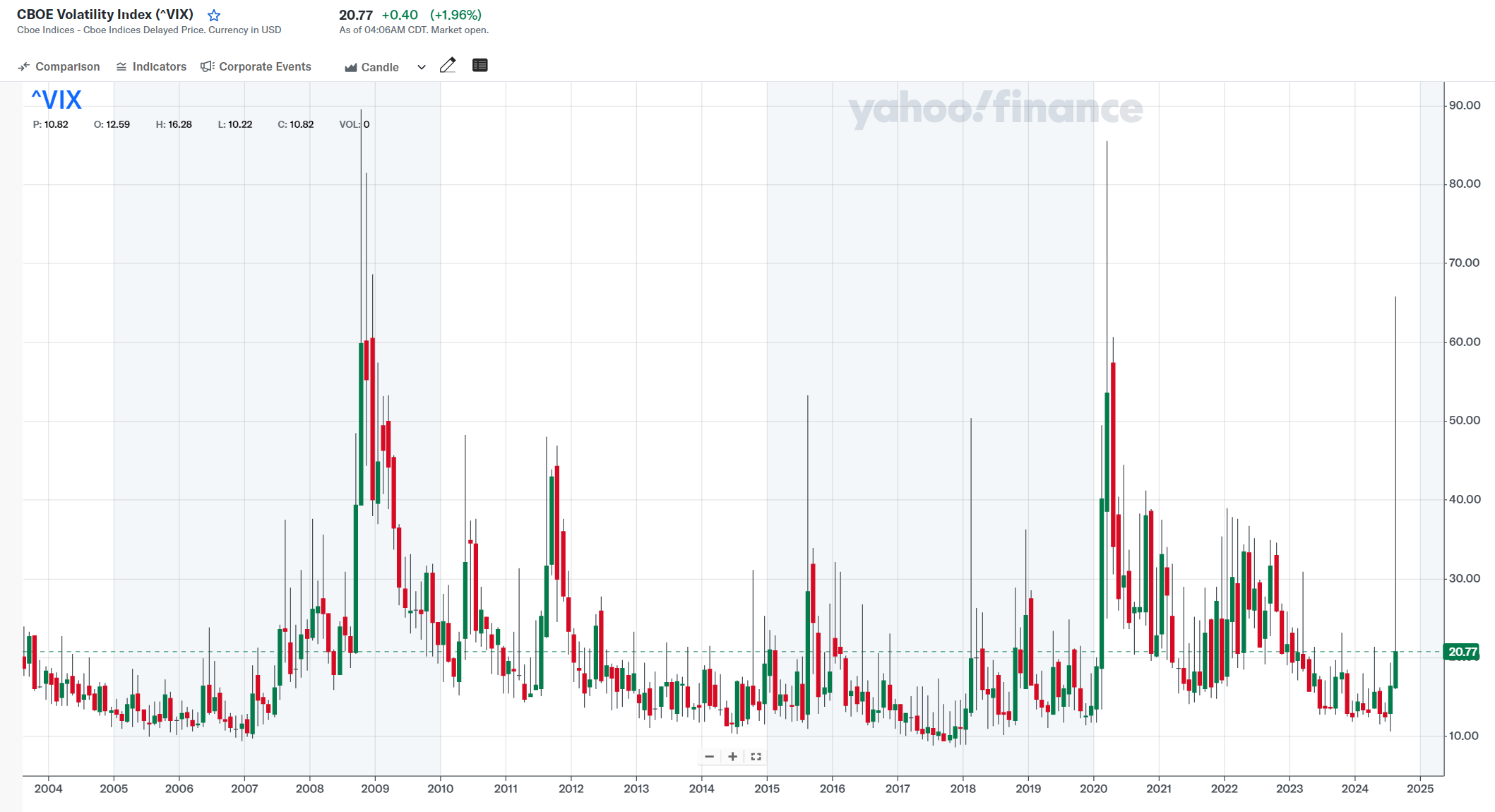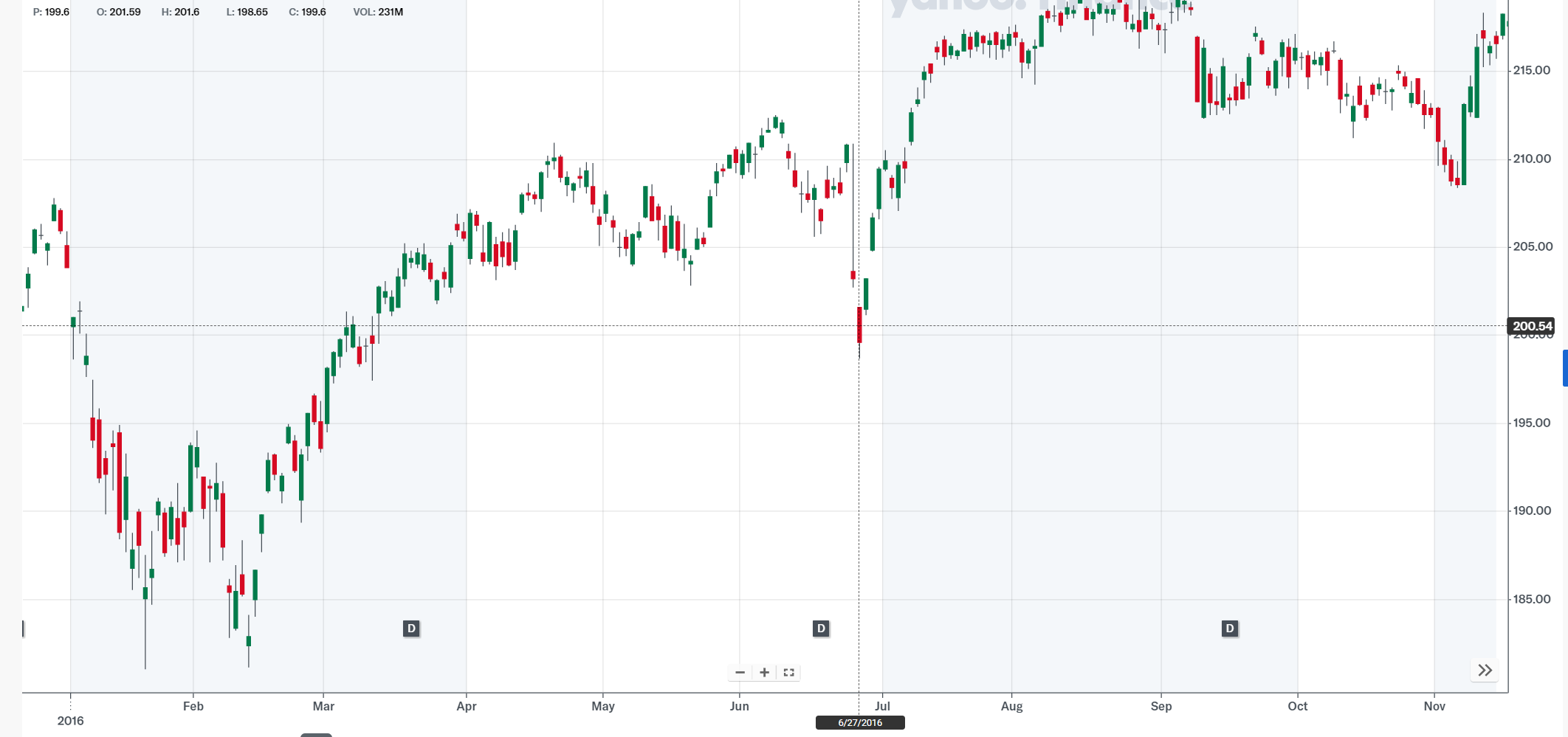Is USDJPY a Buy Following the Crazy Ivan Effect


In currency trading, USDJPY often acts as a barometer for market sentiment. It reacts sharply to shifts in volatility. Last week, markets experienced a sudden, unexpected move. This was reminiscent of the “Crazy Ivan” maneuver—a tactic used by Russian submarine commanders to spot hidden threats.
Just as the maneuver tests the waters, recent market turbulence raises questions. Is USDJPY signaling a change in direction or just a temporary reaction?
The Story Behind the Crazy Ivan
“Crazy Ivan” is a term we first heard in the movie “Hunt for Red October.” It refers to the practice of Russian submarine commanders to regularly make sudden turns—either to the right or to the left. Submarines appear to have a blind spot, so they don’t know if another submarine is following them closely or not.
The Crazy Ivan maneuver is hazardous—if an American submarine follows closely, the chance of an impact is very high. We suspect the Russian commanders engaged in that practice to discourage American submarines from following them. After performing the maneuver, Russian commanders would probably relax and continue their course only to engage in the same behavior at some other time and place.
Market Behavior and the Crazy Ivan Analogy
Submarine warfare tactics and trading strategies do not have much in common. Still, we believe markets sometimes perform similar sudden moves, although somewhat randomly and not intentionally. It is as if markets are checking if there are too many leveraged players.
It would appear that last week was such a “Crazy Ivan” event. We believe this was the case because VIX traded at 65 on Monday, August 5th, 2024.
As you can see – VIX at 65 is an infrequent event! Given that VIX finished the week at 20.80, our interpretation of the events is that the collision might have been close, but it was avoided!
Our experience tells us that markets go up following such collision avoidance events. The last time we had such a “Crazy Ivan” was during Brexit.
In the weeks and months following Brexit, markets traded for a day or two lower and slowly but steadily rose on very little volatility.
USDJPY Recent Performance and Volatility
The critical thing to note is that we are not saying the price action in the markets in August 2024 will be exactly as that following Brexit in June 2016. We are only saying that we find similarities. While markets can do anything, empirically speaking, after such volatility events, they tend to go up on somewhat subdued volatility.
Pictured below are the 40-day returns of SPY, QQQ, SMH, and USDJPY (July 1 – Aug 9), courtesy of Yahoo Finance.
It is often advised to buy risky assets, focusing on those with more minor corrections. Although it may seem counterintuitive, larger corrections typically lead to slower trading recoveries, while smaller corrections often result in quicker rebounds.
Because SPY is down the least for the period only to 2.3%—it is our top choice. QQQ, down 6.3%, is another decent alternative. However, SMH (down 13%) and USDJPY (down 8.6%) look like quite the uphill battle to recovery, at least to us.
Adjusting USDJPY for historical volatility: This instrument has corrected the most vs. expected volatility.
This should surprise you, but as we wrote at the beginning of July about NVDA, implied volatility option prices in the sector have been predicting a 30% correction in NVDA, and surprisingly, we got roughly that.
At the time of the writing, NVDA was trading at around 125 USD/share, which touched 91 USD/share last week.
Investment Strategy: Choosing the Right Assets
In conclusion, events like last week’s VIX trading at 65 have historically provided excellent long entry points for the equity markets.
We continue to favor broad indexes like SPY and, to some extent, QQQ. That said, we are cautious about semiconductor sector stocks (SMH) for the time being.
The assets we would prefer to wait on include USDJPY and Japanese stocks. USDJPY has already corrected over 10%, dropping from its 160-peak to a low of 142. This level of currency volatility is likely to deter investors for a while.
Get the trading edge you need in today’s markets – sign up for our monthly newsletter featuring in-depth expert analysis, hot market insights, and exclusive trading strategies.



